15 Fermented Foods That Can Instantly Supercharge Your Gut Health
Gut health can feel like a huge, mysterious puzzle—one packed with probiotics, microbiomes, and endless diet advice. But here’s some encouraging news: nurturing your gut doesn’t have to be complicated or intimidating. Small, simple choices can lead to big wins for your energy, immunity, and even your mood. Science supports what many cultures have known for centuries—a rich variety of fermented foods can help the trillions of bacteria in your digestive tract thrive. These foods, created through time-honored traditions and a little kitchen magic, deliver live and beneficial microbes that your body genuinely appreciates. If you’ve been overwhelmed by supplement aisles or worried you’re not doing enough, you’re not alone. The path to a happier gut is more about gradual, real-world changes than about perfection. That’s where this guide comes in. Here, we’ll explore fifteen delicious, easily available fermented foods—each with its own story and superfuel for your microbiome. There’s something for every taste, from creamy to tangy, mild to bold, and plant-based to classic dairy. Along the way, you’ll discover quick tips for choosing, storing, and savoring these nutrient powerhouses. Whether you’re looking to ease digestion, boost immunity, or just add some flavor and joy to your meals, you’re about to find plenty of inviting options. Ready to nourish yourself from the inside out? Let’s get started, one tasty bite at a time.
1. Yogurt: The Classic Probiotic Staple
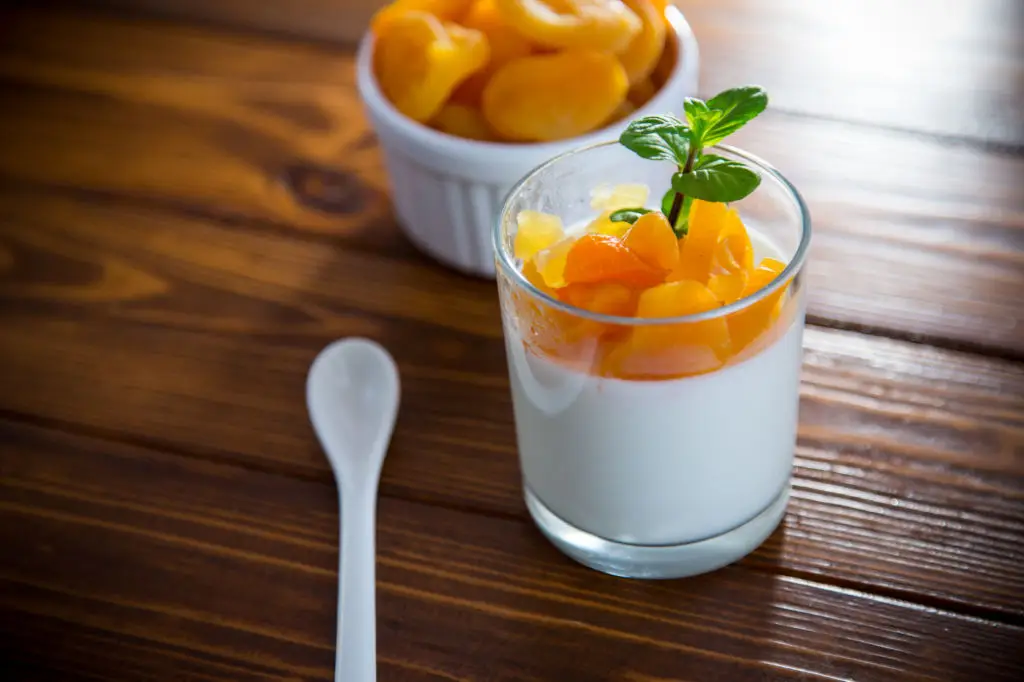
Yogurt is one of the most familiar allies for gut health, and its popularity is backed by good science. Made through the gentle fermentation of milk, it’s naturally loaded with beneficial bacteria—primarily Lactobacillus and Bifidobacterium. These microbes are champions for a balanced gut, helping to crowd out potential troublemakers while supporting smooth digestion. Research shows that yogurt can also lend a helping hand to immune function and may ease some forms of inflammation. For the best probiotic boost, browse for options labeled “live and active cultures”—many flavored or heat-processed yogurts lose these living helpers. If you’re dairy-sensitive, there’s even better news: non-dairy yogurts made from almond, coconut, or cashew milk can pack live probiotics too, as long as cultures are added. Try yogurt as a base for breakfast, blended into smoothies, or dolloped onto savory dishes. Store it cold in the fridge and use within a week of opening for maximum benefits. A spoonful a day is a gentle way to give your microbiome some love!
2. Kefir: The Tangy Microbiome Powerhouse

Think of kefir as yogurt’s cousin—with an even bigger microbial guest list. This tangy, drinkable fermented milk contains dozens of bacterial and yeast strains, far more than typical yogurt. Its smooth texture and light effervescence make kefir a refreshing choice for those seeking extra digestive support. Studies highlight kefir’s role in promoting diversity within the gut microbiome, which research suggests is vital for lasting digestive wellness. It’s often easier to digest, especially for those with mild lactose issues, since friendly bacteria break down some of the milk’s natural sugars. Watch for plain, unsweetened varieties to avoid extra sugar, and give the bottle a gentle shake before pouring. Store in the fridge, and try it on its own, in smoothies, or even poured over muesli. Since the living cultures are sensitive to heat, never boil or microwave kefir—it’s best enjoyed cold and fresh. If you’re new to fermented beverages, start slowly: a small glass goes a long way toward supporting gut harmony.
3. Sauerkraut: Crunchy Cabbage with a Microbial Kick
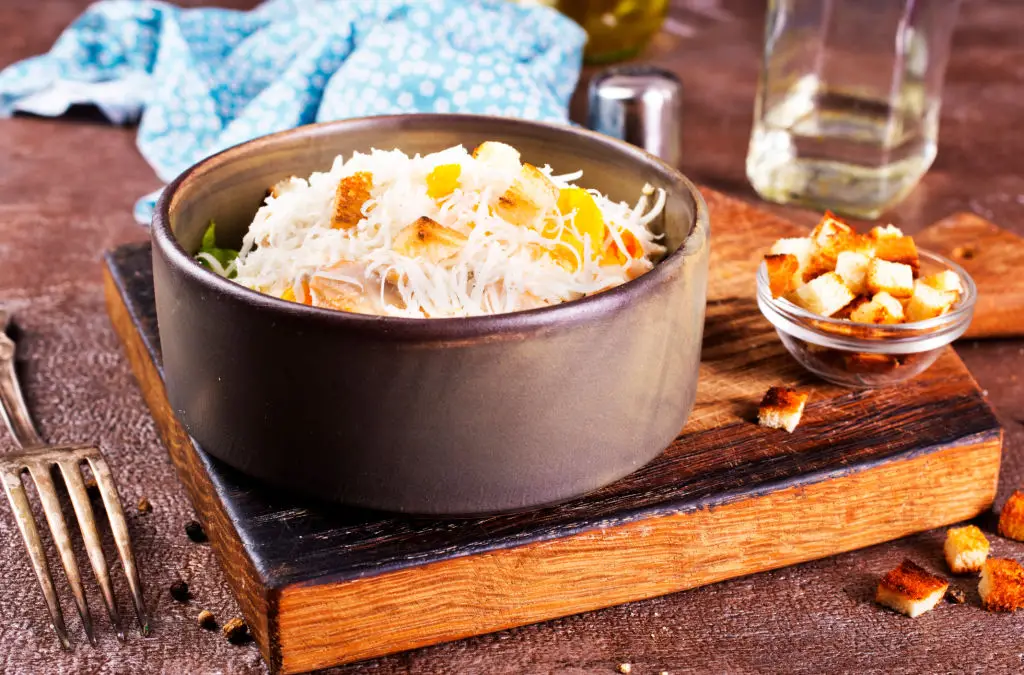
Sauerkraut is a time-honored staple in many cultures, beloved for its crunchy texture and bold, tangy flavor. Created by fermenting shredded cabbage with just salt and time, sauerkraut is a powerhouse of lactic acid bacteria. Unlike raw cabbage, the fermentation process delivers unique post-biotic metabolites—which research shows can help reduce inflammation in the gut lining and protect intestinal cells. Sauerkraut is also a great source of fiber, vitamins C and K, and a variety of other micronutrients. To ensure you’re getting live probiotics, shop for refrigerated, unpasteurized varieties. Canned or heat-treated versions may last longer, but unfortunately, the beneficial bacteria won’t survive. Use sauerkraut as a vibrant topping for salads, sandwiches, or grain bowls. Keep it in the fridge after opening, and aim to finish within a few weeks. This humble food turns basic vegetables into a microbiome-friendly treat that supports gut resilience—one crunchy forkful at a time.
4. Kimchi: Spicy Korean Tradition, Modern Gut Booster

Kimchi brings the heat—and a symphony of probiotic power. This beloved Korean side dish is made by fermenting napa cabbage and radish with spices, garlic, and sometimes seafood, unleashing beneficial lactic acid bacteria and essential vitamins. Kimchi is famous for its bold, punchy flavor, but its benefits run deep: it’s packed with vitamins A, B, and C, digestive fiber, and a broad variety of beneficial bacteria. Studies point to kimchi’s ability to support regularity, promote microbial variety, and help your digestive system adapt to stressors. For the real deal, pick up refrigerated, unpasteurized kimchi—pasteurized types may lack the living cultures your gut craves. Enjoy it alongside rice, in grain bowls, or even tucked into omelets. Store it cold, and don’t worry about a little fizz or tang—those are signs of healthy fermentation at play. If you’re new to spicy foods, start with a small bite and see how your body responds.
5. Pickles: More Than Just a Snack
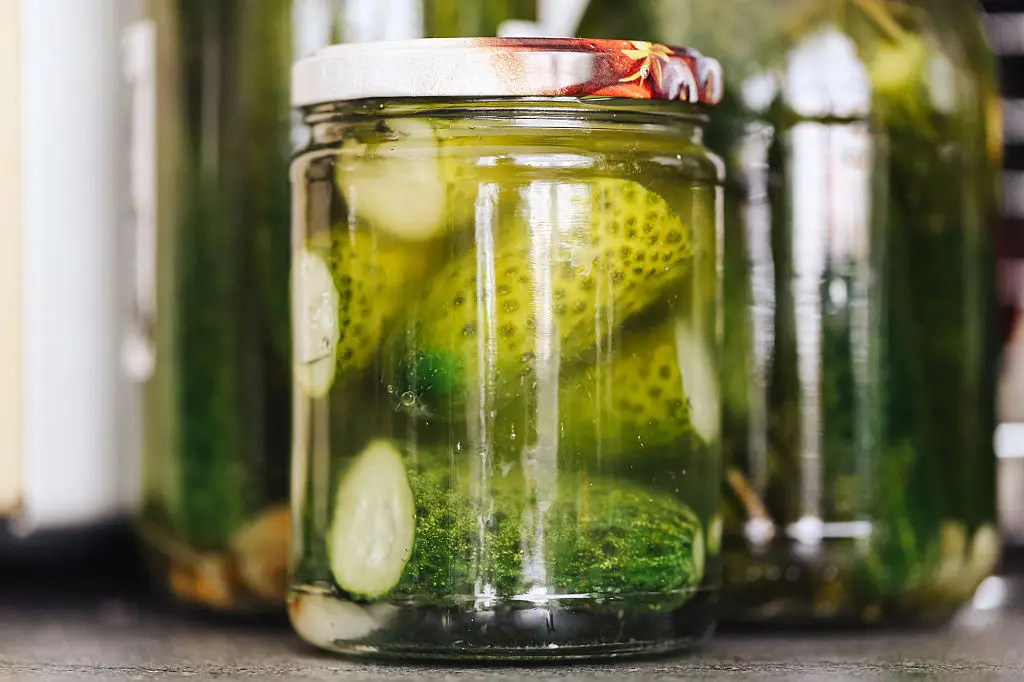
Pickles offer far more than a crunchy, tangy addition to lunch—they can also nurture a healthy gut, if you know what to look for. True fermented pickles start with cucumbers, salt, and water, not vinegar. Through fermentation, lactic acid bacteria multiply, giving pickles their distinctive flavor and beneficial probiotic content. These microbes may assist with digestion and help maintain a diverse gut environment. Not all pickles are equal: shelf-stable, vinegar-cured varieties don’t harbor live probiotics, while refrigerated, unpasteurized options do. Add pickles to sandwiches, chop into salads, or savor as a snack all on their own. Adventurous eaters sometimes even sip the brine for an extra probiotic kick. Store your pickles in the fridge for optimal flavor and benefit, and use within a month of opening. The right pickle can turn a simple meal into a gut-friendly affair, with flavor as bold as its benefits.
6. Miso: Umami-Rich Japanese Paste for Gut Wellness

Miso, a revered ingredient in Japanese cuisine, is made by fermenting soybeans (sometimes with rice or barley), resulting in a deeply savory and versatile paste. The fermentation process, relying on beneficial molds and bacteria, makes miso a rich source of probiotics and flavor. It’s also packed with nutrients, including vitamin K, protein, and minerals that support overall wellness. Miso’s probiotics, especially when not overheated, can be a gentle ally for your digestion. Use miso as a soup base, stir it into dressings, or whisk into a dip—but avoid boiling, as high heat can harm living cultures. Store miso paste in an airtight container in the fridge to preserve both flavor and probiotics. Even a spoonful stirred into warm—not hot—water provides comfort and benefit. Whether you love it in classic miso soup or bold marinades, miso adds more than seasoning—it brings a centuries-old tradition of food-as-medicine into your modern kitchen.
7. Tempeh: Nutty, Protein-Packed Powerhouse

Tempeh might be your gut’s new favorite source of plant-powered strength. Native to Indonesia, tempeh is crafted by fermenting whole soybeans into a firm, cake-like block that delivers both beneficial bacteria and loads of plant protein. The fermentation breaks down anti-nutrients and introduces prebiotics, making protein and minerals easier for your body to absorb—and giving your gut flora a gentle helping hand. Tempeh’s mild, nutty flavor and satisfying texture make it an easy addition to stir-fries, salads, or grain bowls; you can grill, sauté, or bake it for a nourishing meal. Look for varieties with whole, visible beans—some contain grains like brown rice for a twist. Store in the refrigerator, and use within several days after opening. The delicate tang you’ll taste is a mark of its fermentation magic. For those considering vegetarian or vegan options, tempeh isn’t just a protein fix—it’s a gut-friendly adventure with every bite.
8. Natto: Bold Japanese Superfood with Unique Probiotic

If you’re ready for a bold new breakfast tradition, natto may be the ticket. This Japanese staple is one of the most potent sources of Bacillus subtilis—a unique probiotic that clinical research links to not just gut but also cardiovascular support. Natto’s signature is its strong, earthy aroma and sticky, stringy texture, the result of fermenting whole soybeans. While it may be an acquired taste, this food packs a real punch: vitamin K2 in natto is rare and supports bone and heart health, while its active bacteria can help balance the gut. Natto is traditionally served over steamed rice, sometimes with a dash of soy sauce or chopped green onion, but adventurous eaters may find it works on salads or avocado toast. Look for natto in refrigerated Asian grocery sections, and don’t be put off by its aroma—it’s just a sign that the fermentation is in full swing. Give it a try for a potent, tradition-rooted boost.
9. Kombucha: Fizzy, Fermented Tea on the Rise
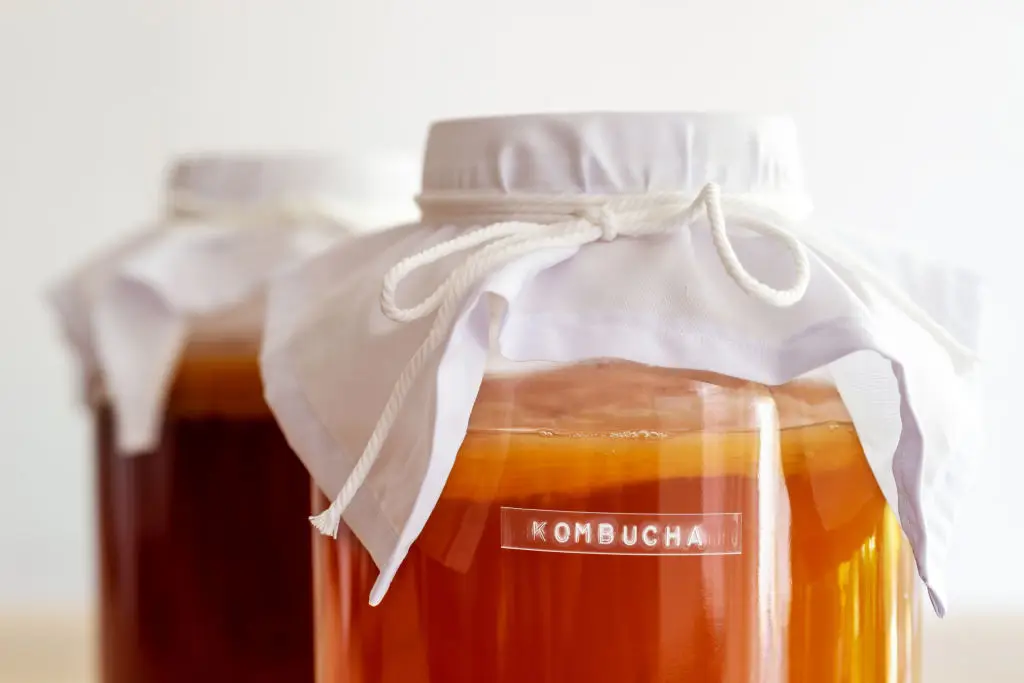
Kombucha is a sparkling example of how simple ingredients—tea, sugar, and a SCOBY (symbiotic culture of bacteria and yeast)—can transform into a vibrant, gut-friendly refreshment. As it ferments, kombucha cultures multiply, offering a spectrum of live probiotics and beneficial organic acids. These not only support the microbiome but may also provide gentle antioxidant protection for your cells. While kombucha is widely embraced for its lively fizz and tart-sweet taste, moderation is key: start with small servings to see how your digestive system responds, as excess carbonation and acids may not suit everyone. Opt for refrigerated brands with minimal added sugars or brew your own for full control over flavor and fermentation. Keep kombucha cold (and never shake vigorously), and enjoy as a lively snack or mealtime pick-me-up. It’s a delicious way to make a toast to daily gut health!
10. Sourdough Bread: Traditional Loaf, Modern Gut Friend

Few foods feel as comforting as a slice of real sourdough bread—especially when you know it’s helping your gut flourish. Sourdough is leavened not with commercial yeast, but with wild yeast and lactic acid bacteria that develop during natural fermentation. The result is a tasty bread with a chewy crumb, gently sour flavor, and a probiotic punch in every bite. Research indicates sourdough’s fermentation process breaks down some gluten and helps lower the glycemic index, making bread easier to digest and friendlier for blood sugar balance. Look for authentic, slow-fermented loaves from bakeries or check ingredient lists for “sourdough starter”—some commercial options rely on additives and miss the point. Store in a paper bag (not sealed plastic) at room temperature or freeze for longer storage. Enjoy it as toast, sandwiches, or a hearty snack, and know you’re feeding your microbiome with an age-old tradition.
11. Lassi: India’s Cooling Yogurt Drink for Digestion
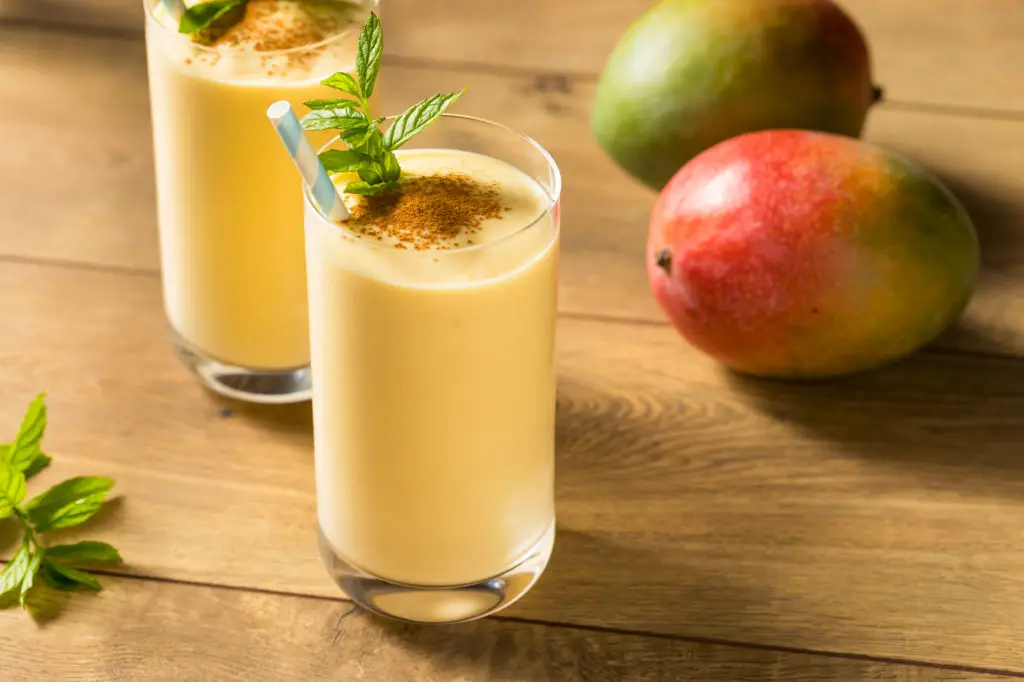
Lassi is a creamy, cooling yogurt-based drink hailing from South Asia, and it’s loved for both its taste and gentleness on the stomach. Blending rich yogurt with water and a sprinkle of salt or sweet spices, traditional lassi delivers similar probiotic goodness to yogurt—but as a refreshing, drinkable treat. Whether enjoyed plain or with mango or rose flavoring, lassi’s live cultures, vitamins, and minerals work to line and soothe the gut. It’s ideal alongside spicy foods, often consumed at midday for digestive comfort. Look for freshly made lassi at Indian restaurants or make your own at home; just blend plain yogurt with water and optional fruit, chill, and pour. As with yogurt, keeping it cold preserves the live bacteria, so always refrigerate and consume within a couple of days. With each cool sip, you’ll be treating your digestive system to a time-honored practice rooted in comfort and care.
12. Kvass: Eastern European Digestive Tonic
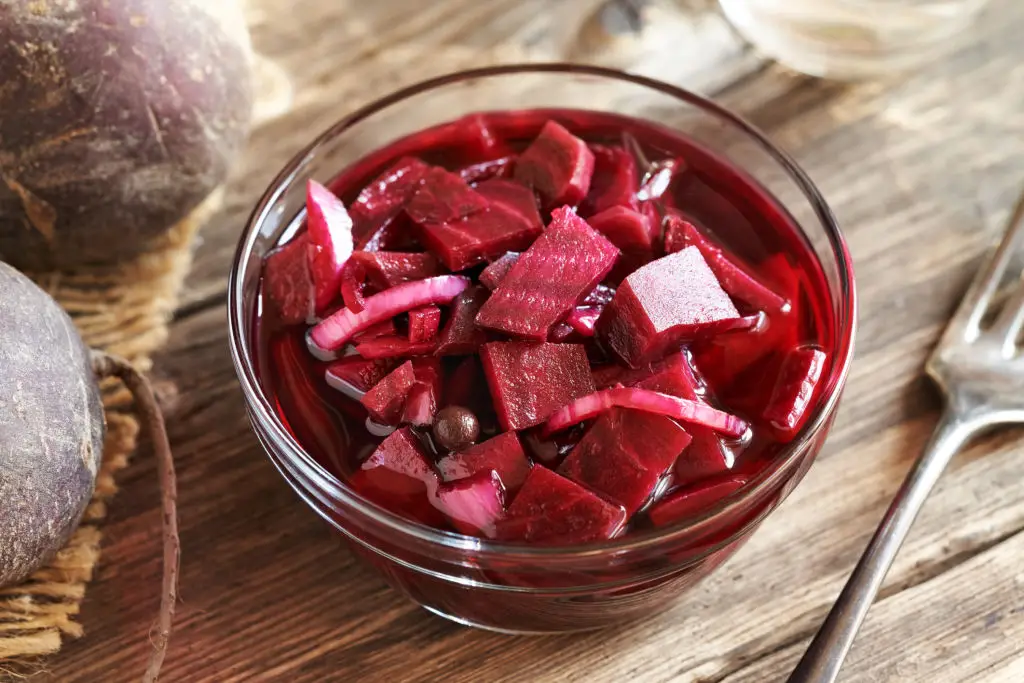
Kvass is a fizzy, tangy fermented beverage popular in Eastern Europe and Russia, traditionally made by fermenting rye bread or beets with water and natural microorganisms. Its ruby hue and signature tartness come from lactic acid fermentation, which cultivates beneficial bacteria as well as digestive enzymes and vitamins. Kvass is often low in alcohol, making it a family-friendly alternative to sugary sodas or juices. Many drink kvass as a pre-meal tonic, taking advantage of its appetite-boosting and hydrating effects. Look for refrigerated, small-batch kvass in international or specialty grocery stores—or experiment with homemade batches for total ingredient control. Whether sipped on its own or splashed in dressings, kvass offers a delicious, old-world way to keep your microbiome in balance.
13. Dosa & Idli: South Indian Lentil Fermentation Wonders

Fermentation is at the heart of many South Indian specialties, and two of the most gut-loving examples are dosa (a thin, crisp pancake) and idli (steamed, fluffy cakes). Both start as a batter of rice and lentils, soaked and allowed to ferment overnight, cultivating an abundance of lactic acid bacteria. This process increases not only their probiotic content but also their digestibility—making these vegan, gluten-free staples easy on the stomach and satisfying on the palate. Enjoy idli and dosa fresh with tangy chutneys or savory sambar. For the most live cultures, use homemade or freshly prepared batter rather than pre-packaged mixes, and cook soon after the batter has risen. Widely enjoyed across generations for breakfast or snacks, these foods make gut nourishment feel like a morning celebration.
14. Fermented Cheese: Sharp Flavor, Friendly Microbes

Cheese can be a rich source of both umami comfort and friendly microbes, depending on how it’s crafted. Aged varieties such as gouda, cheddar, and Swiss often retain living cultures, especially if they’re made from raw, unpasteurized milk. These probiotic bacteria support digestive health, help balance the intestinal environment, and may even play a role in immune function. Enjoy cheese in moderation as part of a balanced diet—paired with whole-grain crackers or fruit for extra fiber and nutrients. If you’re dairy-sensitive, certain nut-based cheeses use live cultures for a tangy, creamy alternative. For best results, select cheeses labeled “raw” or “cultured,” and store them well-wrapped in the refrigerator. From a sharp cheddar to a mellow gouda, a slice of aged cheese is a delicious link between tradition and modern microbiome science.
15. Rejuvelac: Fermented Grain Hydrator (Hidden Gem)
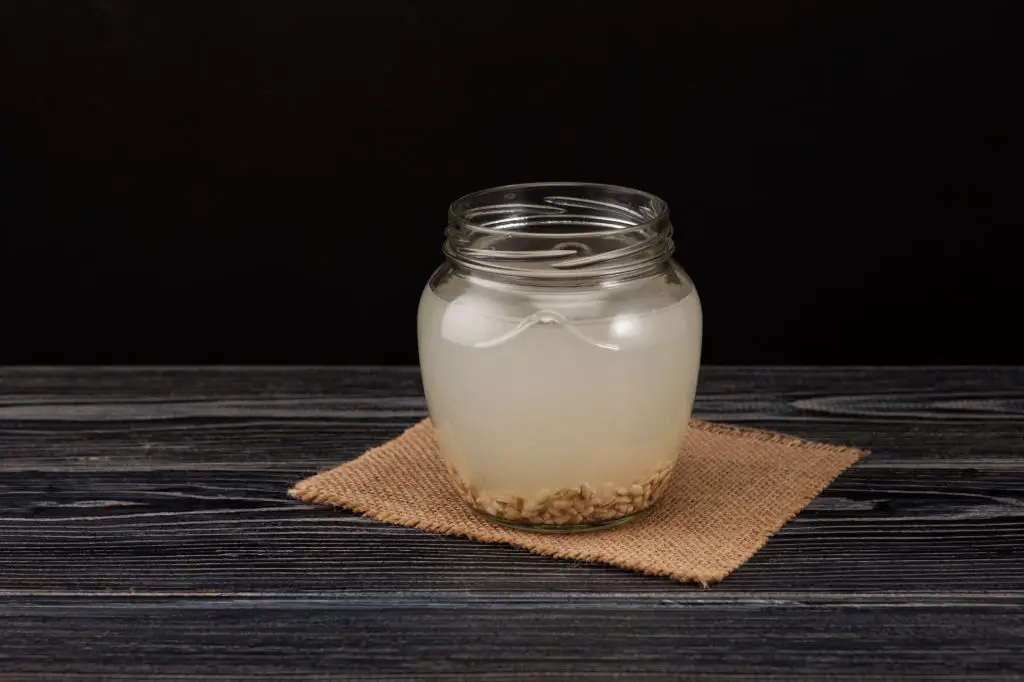
Rejuvelac is a lesser-known, gently tangy beverage cherished by wellness fans for its gut-soothing potential. Made by soaking sprouted grains—most often wheat or quinoa—then fermenting in water, rejuvelac creates an enzyme-rich drink bursting with beneficial lactic acid bacteria. Sip it on an empty stomach as a morning tonic, add it to smoothies, or use as a starter in homemade vegan cheese recipes. Homemade rejuvelac offers the freshest results—just rinse, sprout, ferment, then strain and chill. No sugar, coloring, or additives needed, and each batch is unique in flavor. Find bottled options at health food shops, but as always, check labels for “raw” or “unpasteurized.” Store your rejuvelac in the refrigerator and drink within a few days. It’s a gentle invitation to nurture your body—one glass at a time.
Celebrate Your Gut Health Adventure

Caring for your gut is as much about curiosity and enjoyment as it is about nutrition. Every bite, sip, and new flavor sampled is a small celebration of what your body can do when you give it the chance. Whether you start with a spoonful of yogurt in the morning, try your hand at sourdough baking, or reach for spicy kimchi at lunch, you’re building a foundation of strength, resilience, and well-being from the inside. Remember, there’s no single path to perfect gut health—just a series of gentle steps, discoveries, and connections to foods with deep cultural roots and modern science behind them. Feel free to mix and match these fermented favorites; variety is a key ingredient in any nourishing plan. If you’re navigating digestive health concerns, gentle self-experimentation, and consulting with a healthcare provider, can help you find the best fit for your needs. Above all, relish the process. Your efforts, no matter how small, are the start of a lifelong journey toward vibrancy and vitality—one delicious, beneficial mouthful at a time.
